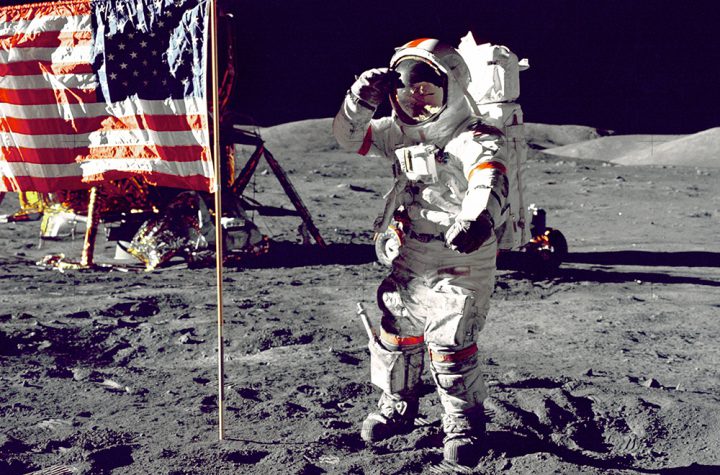
The inaugural ATP Cup ended on Sunday in Sydney with Novak Djokovic-led Serbia defeating Rafael Nadal-led Spain. The new, ambitious 24-country team tournament was considered a resounding success, for it attracted nearly all of the worlds best except Roger Federer and culminated in a heavyweight final. That Nadal, the worlds best male player, took on Djokovic, the No.2, in the summit clash just about set the perfect tone for the seasons first Major, the Australian Open, which starts next Monday. But for all the on-court highs, serious questions have been raised about the competitions viability in an already-crowded tennis calendar. It was only last November that the Davis Cup, steeped in history, came out of a time warp and morphed into a similar one-week, 18-team, single-venue competition. Two such events within six weeks of each other will lead to a huge incursion into the players off-season and can cause spectator fatigue. This was echoed by none other than Nadal and Djokovic, who played their hearts out at both the Davis Cup and the ATP Cup, and yet called for the two marquee tournaments to merge.
The root of the problem lies in the fact that tennis suffers from a multitude of governing bodies that do not see eye to eye. The Association of Tennis Professionals (ATP), which controls mens tennis and also the official mens rankings, is the brain behind the ATP Cup and thus decided to award important ranking points for the event. The Davis Cup, run by the International Tennis Federation (ITF), does not have that luxury. In fact, awarding ranking points for such team events is inherently flawed, for it doesnt provide a level-playing field. Andrey Rublev, ranked No.18, didnt make the Russian team for the ATP Cup because Daniil Medvedev and Karen Khachanov were ranked higher. But Greeces Michail Pervolarakis, ranked 483, featured because he was the countrys next best player after Stefanos Tsitsipas. The flagship tournament has also had negative consequences for India. The coveted start-of-the-season slot, which was earlier reserved for three ATP 250 level tournaments in Brisbane, Doha and Pune, is now the ATP Cups. Brisbane is one of the venues for the ATP Cup and such is Dohas monetary heft that it can still attract players. But Pune has had to push its dates by a month and, unlike in recent times, stares at the prospect of not featuring a single top-20 player. The spirit of tennis has for long been overwhelmingly global. But with top players increasingly ready to embrace events that pit nation against nation there is no shortage of nationalistic fervour. It is this sentiment that the ATP Cup is seeking to tap into. But sans any clear vision it is sure to turn into an overkill.




More Stories
US president-elect Joe Biden has listed four priorities for his forthcoming presidency. These include Covid-19, economic recovery, racial equity and climate change.
What are the restrictions within Victoria and the border closures with NSW and Queensland? How far can I travel, and how many people can I have over at my house? Untangle Australia’s Covid-19 laws and guidelines with our guide
Apple has suspended new business with supplier Pegatron after the Taiwan-based original equipment manufacturer misclassified student workers. Apple also said Pegatron broke its Code of Conduct for suppliers. In a statement provided to Bloomberg, Apple said, “…